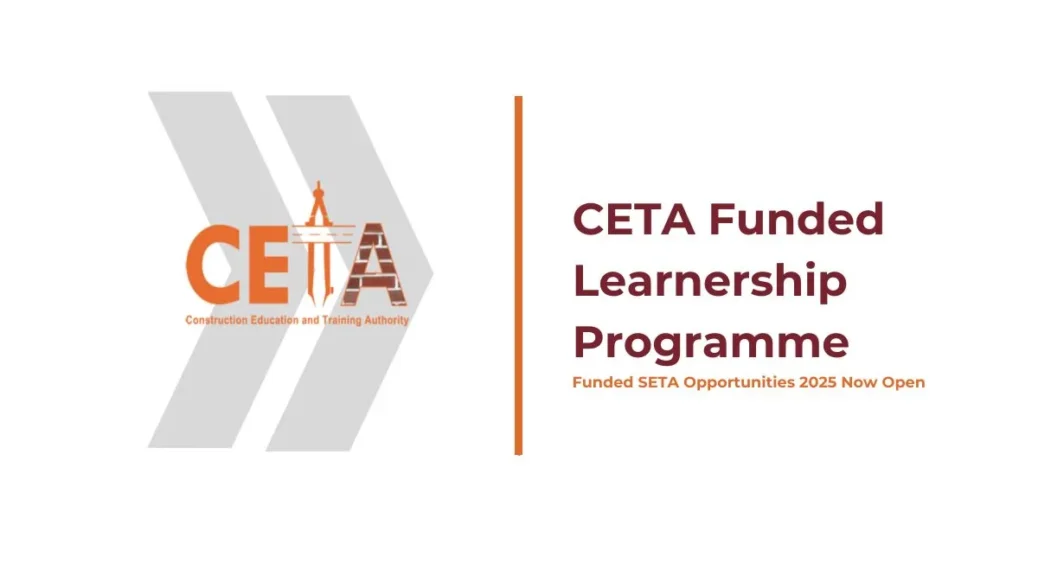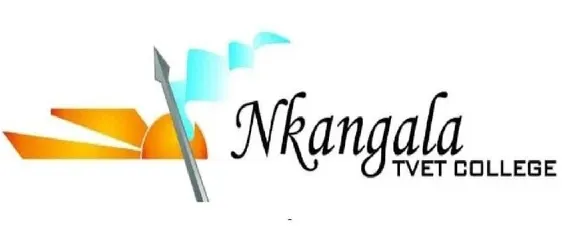In a climate where infrastructure development is both a national priority and an economic driver, the Construction Education & Training Authority (CETA) is a key player. Through targeted learnerships, artisan training, and specialised skills programmes, CETA is equipping young South Africans with the essential trade and supervisory skills to grow the sector—and, frankly, keep the country building.
CETA Learnerships: What’s on Offer in 2025
CETA operates as South Africa’s designated authority for construction skills development. Their mandate is clear: develop sector-specific training plans, accredit programmes, and ensure that training meets industry standards.
A learnership, in practical terms, is a hybrid training model: you get theoretical instruction plus on-the-job experience. On completion, you walk away with a recognised national qualification—something that carries weight in the marketplace.
**Opportunities for 2025**
– **Limpopo Learnerships:** Approximately 50 positions available, funded by CETA, focused on construction contracting. The programme runs for 12 months. Applicants must be unemployed South African citizens aged 18–35, hold a Matric certificate, and have proof of residence.
– **Short Skills Programmes:** Three-month accelerated training in trades like plumbing, bricklaying, carpentry, and electrical work. Stipends are included to support participants during training.
– **CETA-SANRAL Learnerships:** Specialised in road infrastructure, these programmes offer formal qualifications, practical site experience, and stipends.
**Who Qualifies?**
Eligibility is straightforward, but strict:
– **Age:** 18–35 years is typical.
– **Citizenship:** South African citizens only; proof of residence is usually required.
– **Education:** Most programmes require Matric, though some short courses accept lower grades.
– **Documentation:** Certified copies of your ID, Matric certificate, proof of residence, and a current CV. Make sure your documents are recently certified.
– **Employment Status:** Programmes are full-time and aimed at unemployed youth not enrolled elsewhere.
– **Priority Groups:** Women, people with disabilities, and youth from rural/disadvantaged backgrounds may receive preference.
**Key Benefits**
– Nationally recognised qualifications in construction trades and supervisory roles.
– Practical work experience on live construction sites, not just classroom theory.
– Stipends to offset living costs during the programme.
– Access to further career pathways—artisan certification, supervisory positions, or even entrepreneurial ventures in the sector.
**Application Process: What You Need to Know**
1. **Monitor Announcements:** Regularly check the CETA Learner Portal, provincial government sites, TVET colleges, and reputable job boards for openings.
2. **Select Your Programme:** Identify your area of interest and confirm you meet all requirements.
3. **Prepare Documentation:** Gather certified copies of your ID, Matric certificate, proof of residence, CV, banking details, and possibly a motivational letter.
4. **Submit Application:** This may be done online, via email, or in person at designated offices. Follow instructions in the specific advert.
5. **Adhere to Deadlines:** Late or incomplete applications are not considered.
6. **Selection Process:** If shortlisted, expect interviews or aptitude tests. Successful candidates sign a formal learnership agreement.
HOW TO APPLY
**Tips for Success**
– Ensure all certifications are current.
– Double-check contact information to avoid missing critical updates.
– Read all instructions carefully—attention to detail matters in this process.
If you’re seeking a strategic entry point into South Africa’s construction sector, a CETA learnership is a credible, structured pathway. The programme demands commitment, but the potential return—skills, experience, and industry recognition—is a solid investment in your future.



